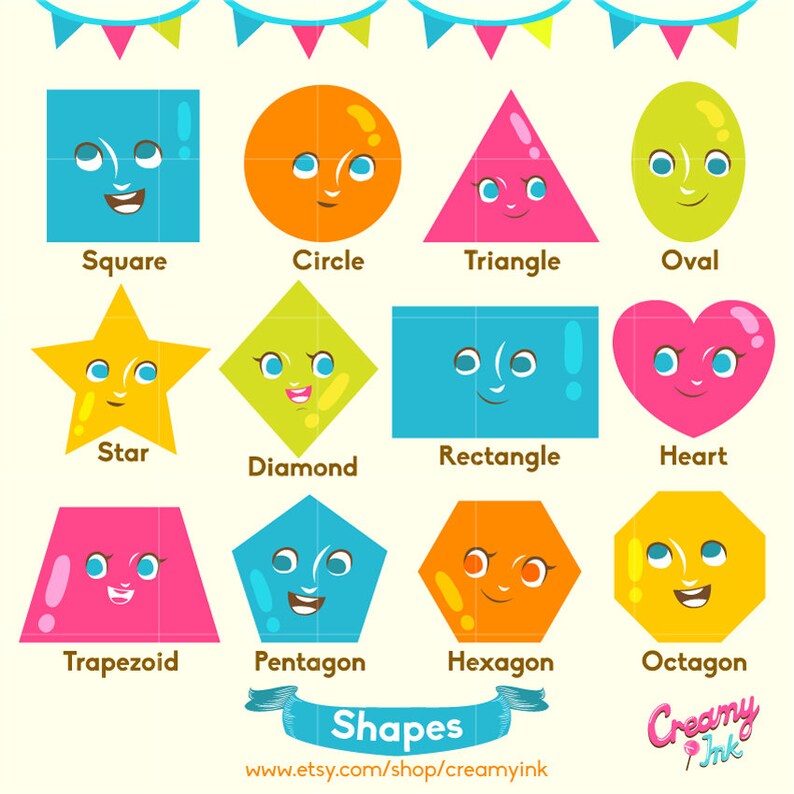

#NAME OF FLAT PICTURE SHAPES FREE#
As long as the surface you’re shooting on is relatively flat, you’ll be starting off on the right foot.įlat lay photography works really well when there are many items laid against a blank background, free of distracting patterns or textures.

When you’ve determined your goals and have gathered the objects that will help you achieve it, follow these five easy steps: Step 1: Find A Flat Surfaceįlat lays can be captured on a dining or coffee table, a desk, couch cushion, your bed, or the floor. With your goals in mind, aim to choose objects of varying sizes and shapes and choose 2-3 unifying colors to create a cohesive environment for your shot. The magic of flat lay photography is that it allows you to utilize many different objects in a unifying way. The objects you choose to set the scene will help convey the message you’re wanting to portray. The ultimate goal of any flat lay (or photo in general!) is to tell a story.

Let’s get started, shall we? Five Steps To Capturing Perfect Flat Lay Photos

#NAME OF FLAT PICTURE SHAPES PRO#
While there is a rhythm to setting up the perfect flat lay, we’re here to show you everything you need to know - from setting the scene to editing your flat lay photos to perfection with BeFunky’s Photo Editor ! Following the tips below, you’re about to become a pro at creating captivating flat lay photography. In order to create movement, you have to master the lighting, object arrangement, layering, color, and texture. Some people refer to this angle as a bird’s eye view, and it’s a great way to showcase everything from product photography to your latest cup of tea.įlat lay photography sounds like a pretty easy feat, but it’s quite the contrary! Since flat lays have objects laid out flat against a background, you can’t rely on a subject moving in front of you to create character and intrigue. A flat lay is simply a photo of objects arranged on a flat surface, captured from directly above. We can measure this very accurately using satellites, which is important for all sorts of applications including understanding climate, volcanoes and earthquakes.Unless you’re a stranger to the internet and social media, you’re probably seeing flat lay photography gracing blogs and Instagram feeds on the daily. It is also slightly lumpy, due to variations in the density of the material it is made up of. These days, we also know that the Earth isn’t really a sphere – it’s a slightly flattened ellipsoid (egg shape), mainly due to the fact that it is spinning. We now know the Earth’s circumference is just over 40000 km, so Eratosthenes was amazingly close. To find out more about Eratosthenes Measuring the Earth, read this article. This meant the circumference of Earth was about 50 x 790 km = 39500 km. He picked Alexandria, about 790 km from Syene (measured by camel travel!), and he showed the angle at Alexandria was about 7.2 degrees, or about 1/50 of a complete circle. Eratosthenes realised that if he could measure the angle of a shadow cast by a stick at noon on the same day somewhere much further north (or south), and he knew the distance to that place, he could calculate the curvature of the Earth. He had heard about a well in Syene (now Aswan, Egypt) where at noon on the summer solstice (21st June), the sun would be directly overhead and so shine straight down the well, without casting any shadow. Then about 240 BC Eratosthenes devised an experiment to estimate the Earth’s circumference. The Ancient Greeks noticed that the shape of the Earth passing across the moon during a lunar eclipse was a crescent, which means the Earth has to be curved. Read this article from NASA which includes an answer to 'how do we know the earth is round?'.Īmazingly, we’ve known the Earth is round for over 2000 years.


 0 kommentar(er)
0 kommentar(er)
